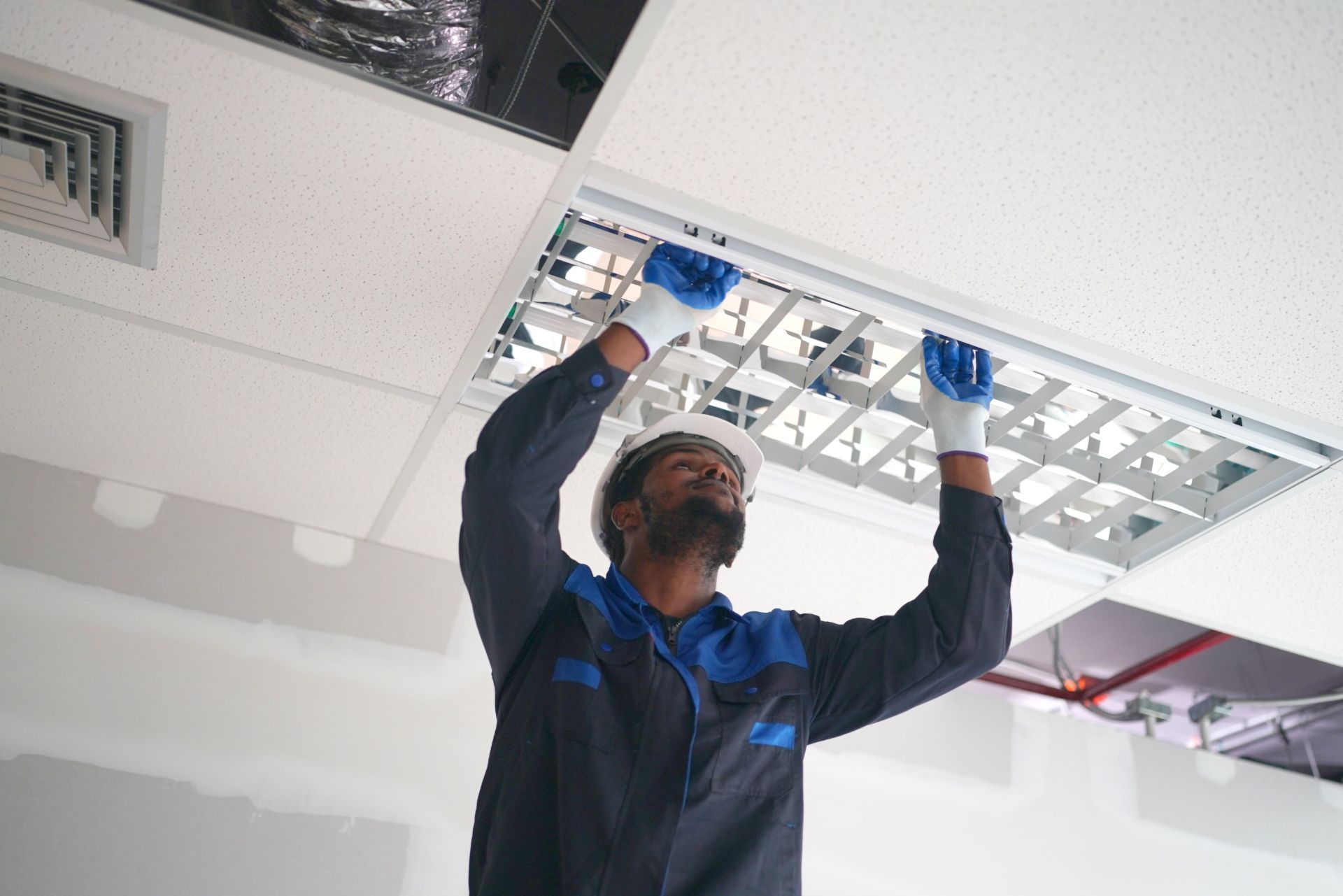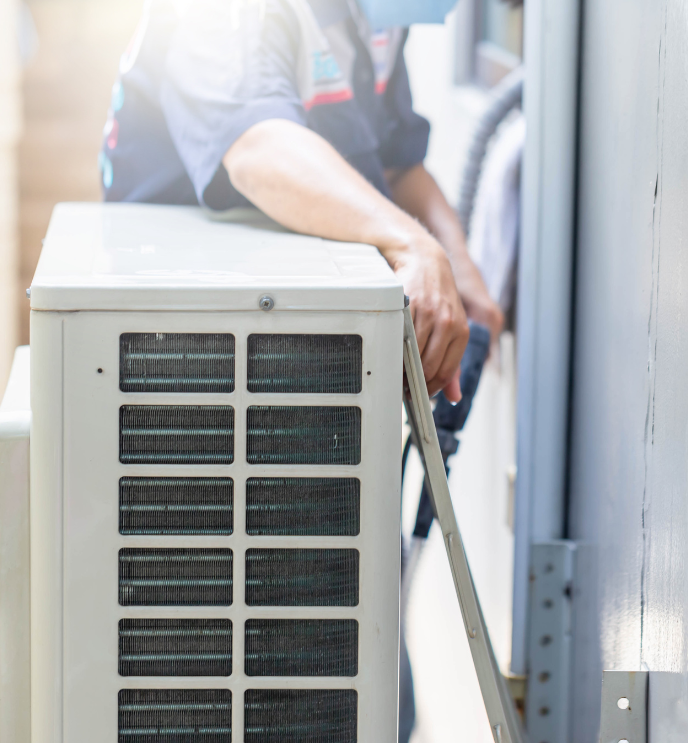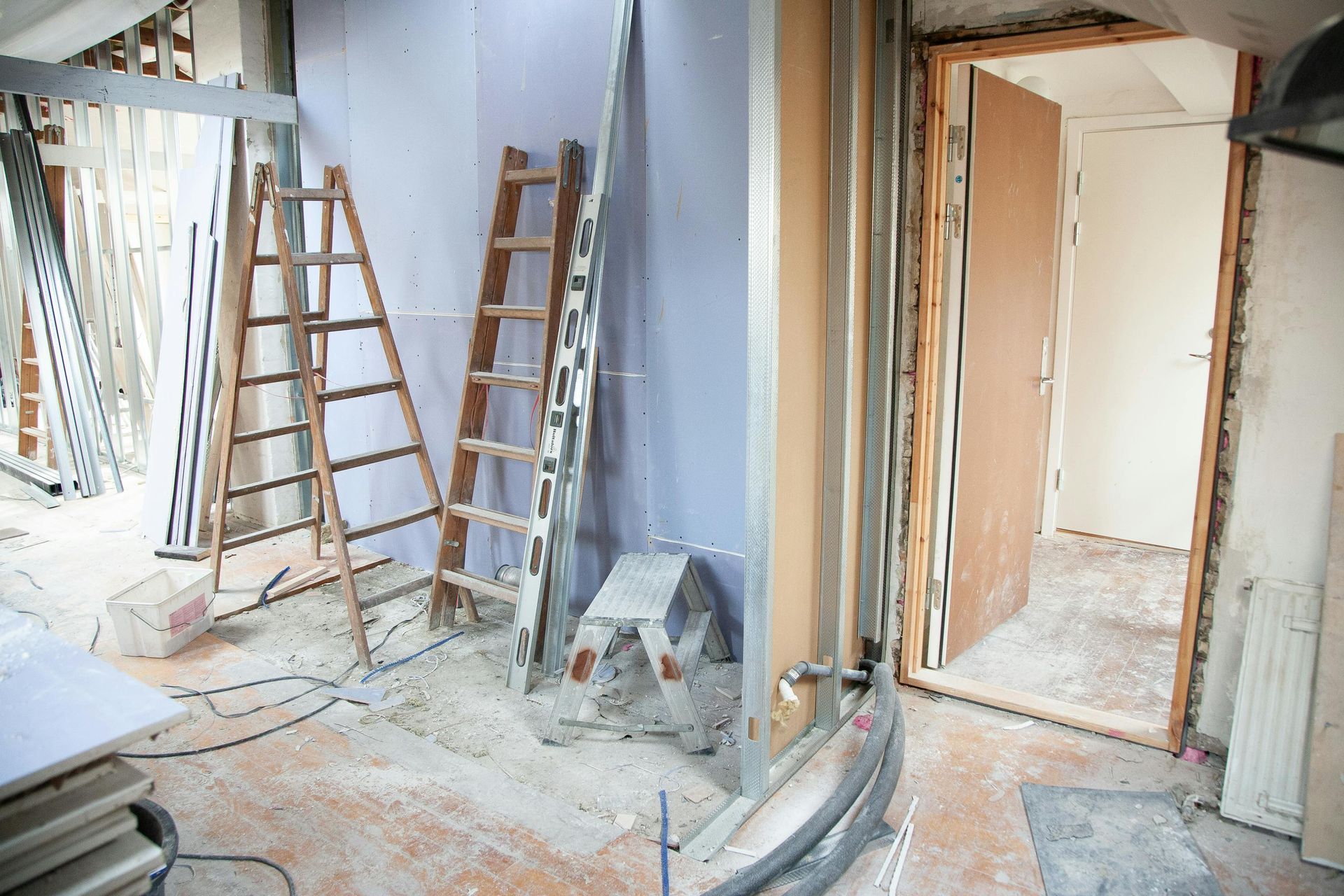Lighting Installation Contractor Insurance
See How We're Different
or call us: 888-988-2347
Types of Contractors We Serve
Jonathan Behr
Owner of Contractor Insurance Pros by Behr Insurance Services
Index
Contact Us
Phone
Location
Simi Valley, CA 93065
The Woodlands, TX 77382
Katy, TX 77494
In the world of construction and home improvement, lighting installation contractors play a vital role in enhancing the aesthetics and functionality of spaces. However, with this responsibility comes a significant amount of risk. Accidents can happen, and unexpected events can lead to financial loss. This is where lighting installation contractor insurance comes into play. Understanding the ins and outs of this insurance is crucial for contractors who want to protect their business, employees, and clients.
What is Lighting Installation Contractor Insurance?
Lighting installation contractor insurance is a specialized form of coverage designed to protect contractors from various risks associated with their work. This type of insurance typically includes several different policies, each tailored to address specific needs and potential liabilities. Given the unique nature of lighting installation, which often involves working at heights and with electrical systems, having the right insurance is crucial for both the contractor's peace of mind and the safety of their clients.
Types of Coverage
There are several types of coverage that lighting installation contractors should consider. These include general liability insurance, professional liability insurance, workers' compensation, and commercial auto insurance. Each type of coverage serves a unique purpose and helps mitigate different risks. Additionally, contractors may also want to explore equipment insurance, which protects against loss or damage to tools and machinery used in their work, ensuring that they can continue operations without significant financial setbacks.
General Liability Insurance
General liability insurance is one of the most essential types of coverage for lighting installation contractors. It protects against claims of bodily injury, property damage, and personal injury that may occur during the course of work. For instance, if a client trips over equipment and sustains an injury, general liability insurance can cover medical expenses and legal fees. Furthermore, this type of insurance can also safeguard against damage to a client's property, such as if a contractor accidentally damages a wall while installing fixtures. This protection not only helps maintain a contractor's reputation but also fosters trust with clients, knowing that they are covered in case of unforeseen incidents.
Professional Liability Insurance
Professional liability insurance, also known as errors and omissions insurance, is critical for contractors who provide design or consulting services. This coverage protects against claims of negligence, errors, or omissions that may result in financial loss for clients. For example, if a lighting design fails to meet a client's expectations due to a miscommunication, this insurance can help cover the associated costs. Additionally, as technology and design trends evolve, the risk of making mistakes increases, making this coverage even more essential. It ensures that contractors can confidently offer innovative solutions without the fear of facing crippling financial repercussions from potential client disputes.

Why Do Lighting Installation Contractors Need Insurance?
Insurance is not just a legal requirement; it is a necessary safeguard for contractors. The nature of the work involves various risks, and having the right insurance can mean the difference between a thriving business and financial ruin.
Protection Against Lawsuits
One of the primary reasons contractors need insurance is to protect themselves against lawsuits. Even the most careful contractors can find themselves facing legal action due to accidents or misunderstandings. Insurance provides a safety net that can cover legal fees, settlements, and judgments. For instance, if a client claims that faulty wiring caused property damage or personal injury, the contractor could be held liable. Without insurance, the financial burden of defending against such claims can be overwhelming, potentially leading to bankruptcy.
Moreover, insurance can also cover incidents that occur on the job site, such as injuries to workers or damage to third-party property. This aspect is crucial, as it not only protects the contractor but also fosters trust with clients and employees. Knowing that a contractor is insured can reassure clients that they are working with a professional who takes their responsibilities seriously and is prepared for unforeseen circumstances.
Compliance with Regulations
Many states and municipalities require contractors to carry specific types of insurance to operate legally. Failing to comply with these regulations can result in fines, license suspension, or even the inability to work on certain projects. Having the appropriate insurance ensures compliance and helps maintain a good reputation in the industry. Additionally, some clients may specifically request proof of insurance before awarding contracts, making it a critical factor in securing new business.
Furthermore, the insurance landscape is continually evolving, with new regulations and requirements emerging as safety standards change. Staying informed about these developments is essential for contractors, as it not only helps in maintaining compliance but also enhances their credibility. By demonstrating that they are up-to-date with industry standards and insurance requirements, contractors can position themselves as reliable and responsible professionals, which can lead to increased opportunities and client loyalty.
Understanding the Costs of Insurance
The cost of lighting installation contractor insurance can vary widely based on several factors. Understanding these factors can help contractors budget effectively and find the best coverage for their needs.
Factors Influencing Insurance Costs
Several factors influence the cost of insurance premiums, including the size of the business, the number of employees, the types of services offered, and the contractor's claims history. For instance, a larger company with more employees may face higher premiums than a sole proprietor due to the increased risk exposure. Additionally, the geographical location of the business plays a crucial role; contractors operating in high-risk areas or regions with strict regulations may see elevated costs. Moreover, the specific types of lighting services provided, whether residential, commercial, or industrial, can also impact premiums, as different services carry varying levels of risk.
Average Premiums
On average, lighting installation contractors can expect to pay anywhere from $500 to $2,000 annually for general liability insurance. However, this figure can fluctuate based on the aforementioned factors. It's essential for contractors to shop around and obtain quotes from multiple insurance providers to find the best rates. Furthermore, many insurance companies offer discounts for contractors who implement safety training programs or have a strong safety record, which can significantly reduce overall costs. Understanding the nuances of these discounts and how to qualify for them can be beneficial for contractors looking to maximize their savings.
The Importance of Comprehensive Coverage
In addition to general liability insurance, lighting installation contractors should consider other forms of coverage to protect their business adequately. For example, professional liability insurance can safeguard against claims of negligence or failure to deliver services as promised. This is particularly important in a field where technical expertise is paramount, and mistakes can lead to significant financial losses for clients. Furthermore, equipment insurance is vital for contractors who rely on specialized tools and machinery. Given the high cost of lighting installation equipment, ensuring these assets are covered against theft or damage can prevent devastating financial setbacks.
Evaluating Insurance Needs
Contractors should regularly evaluate their insurance needs as their business evolves. As they take on larger projects or expand their workforce, their risk exposure may change, necessitating adjustments to their coverage. Engaging with an insurance broker who specializes in contractor insurance can provide valuable insights and help tailor a policy that aligns with their specific operational risks. By staying proactive about their insurance needs, contractors can not only protect their business but also enhance their credibility with clients, showcasing a commitment to professionalism and risk management.
How to Choose the Right Insurance Provider
Choosing the right insurance provider is a critical step for lighting installation contractors. The right provider can make a significant difference in the level of service and support received. Having the right insurance not only protects your business from unforeseen circumstances but also instills confidence in your clients, knowing that you are covered in case of accidents or damages.
Researching Providers
Start by researching various insurance providers that specialize in contractor insurance. Look for companies with a good reputation, strong financial stability, and positive customer reviews. Online resources, such as review sites and industry forums, can provide valuable insights into the experiences of other contractors. Additionally, consider reaching out to your professional network for recommendations. Fellow contractors can often share their experiences with specific providers, which can help you narrow down your options and avoid potential pitfalls.
Evaluating Coverage Options
When evaluating potential providers, pay close attention to the coverage options they offer. Ensure that their policies align with the specific needs of your business. Additionally, inquire about any exclusions or limitations that may apply to the coverage. It is also wise to ask about endorsements or riders that can be added to your policy for enhanced protection. For instance, if you frequently work on large commercial projects, you might need additional coverage for equipment or liability that standard policies do not include. Understanding the nuances of these options can save you from unexpected costs down the line.
Customer Service and Support
Customer service is another essential factor to consider. A provider with responsive and knowledgeable representatives can make the process of filing claims and obtaining assistance much smoother. Reach out to potential providers with questions to gauge their level of customer support. Assess how quickly they respond and whether they provide clear, comprehensive answers. Furthermore, consider their availability; having access to support during evenings or weekends can be invaluable, especially in the event of an emergency. A provider that prioritizes customer satisfaction often indicates a commitment to their clients, which can be crucial when you need assistance the most.
Understanding Premiums and Deductibles
Another important aspect to consider is the structure of premiums and deductibles. Different providers may offer varying rates based on their assessment of risk, which can be influenced by your business's history, size, and the types of projects you undertake. It’s essential to compare not just the monthly premium but also the deductibles associated with each policy. A lower premium might come with a higher deductible, which could lead to significant out-of-pocket expenses in the event of a claim. Make sure to calculate the total cost of coverage, including potential claims, to find the most financially sound option for your business.
Reviewing Policy Terms
Lastly, thoroughly review the policy terms before making a decision. This includes understanding the claims process, the timeline for claim resolution, and any requirements for maintaining coverage. Some providers may have specific conditions that must be met to keep your policy active, such as regular safety training or equipment inspections. Familiarizing yourself with these terms can help you avoid any surprises and ensure that you remain compliant with your insurance requirements. Taking the time to understand the fine print can ultimately lead to a more secure and beneficial insurance experience for your lighting installation business.
Common Exclusions in Contractor Insurance
While contractor insurance provides essential coverage, it's crucial to be aware of common exclusions that may apply to policies. Understanding these exclusions can help contractors avoid unexpected gaps in coverage.
Contractual Liability Exclusion
Many insurance policies contain a contractual liability exclusion, which means that the insurer will not cover liabilities that arise from contracts. This exclusion can be problematic for contractors who enter into contracts with clients that contain specific liability clauses. It's essential to read and understand the terms of any contracts before signing.
Wear and Tear Exclusion
Insurance policies typically do not cover damage resulting from normal wear and tear. For lighting installation contractors, this means that if a lighting fixture fails due to age or deterioration, the costs associated with replacement may not be covered. Contractors should advise clients on maintenance to help mitigate this risk.
Tips for Reducing Insurance Costs
While insurance is a necessary expense, there are several strategies contractors can employ to reduce their insurance costs without compromising coverage.
Increase Deductibles
One effective way to lower premiums is to increase deductibles. A higher deductible means that the contractor will pay more out of pocket in the event of a claim, but it can significantly reduce the overall cost of insurance. Contractors should carefully evaluate their financial situation to determine an appropriate deductible level.
Implement Safety Measures
Investing in safety training and equipment can lead to lower insurance premiums. Insurance providers often offer discounts to contractors who demonstrate a commitment to safety. Implementing safety protocols, providing training for employees, and maintaining a safe work environment can help reduce the likelihood of accidents and claims.
Bundle Policies
Many insurance providers offer discounts for bundling multiple policies. For instance, contractors may save money by purchasing general liability, workers' compensation, and commercial auto insurance from the same provider. Bundling can simplify management and reduce overall costs.
The Claims Process Explained
Understanding the claims process is essential for lighting installation contractors. Knowing how to navigate this process can help ensure that claims are handled efficiently and effectively.
Reporting an Incident
The first step in the claims process is to report the incident to the insurance provider as soon as possible. This typically involves filling out a claim form and providing detailed information about the incident, including any supporting documentation, such as photos or witness statements.
Investigation and Assessment
Once the claim is submitted, the insurance provider will conduct an investigation to assess the validity of the claim. This may involve interviewing witnesses, reviewing documentation, and evaluating the circumstances surrounding the incident. Contractors should cooperate fully during this process to ensure a smooth resolution.
Receiving Compensation
If the claim is approved, the insurance provider will issue compensation based on the terms of the policy. This may cover medical expenses, property damage, or legal fees, depending on the nature of the claim. Contractors should keep detailed records of all communications and documentation related to the claim for future reference.

The insurance landscape is continually evolving, and it's essential for lighting installation contractors to stay informed about changes that may affect their coverage. This includes new regulations, emerging risks, and shifts in industry standards.
Continuing Education
Participating in continuing education programs can help contractors stay informed about industry trends and best practices. Many organizations offer workshops, seminars, and online courses that cover topics related to insurance, safety, and business management.
Networking with Peers
Networking with other contractors can provide valuable insights and information about insurance and risk management. Joining industry associations or attending trade shows can facilitate connections with peers who may share their experiences and recommendations regarding insurance providers and coverage options.
Conclusion
Lighting installation contractor insurance is a vital component of running a successful business in the construction industry. By understanding the various types of coverage available, the importance of insurance, and how to choose the right provider, contractors can protect themselves and their businesses from unforeseen risks. Additionally, employing strategies to reduce costs and staying informed about industry changes can further enhance the security and sustainability of a lighting installation business.
Ultimately, investing in the right insurance not only safeguards the contractor's financial future but also fosters trust and confidence among clients. A well-insured contractor is better positioned to deliver quality work and build lasting relationships in the industry.
Areas we serve









